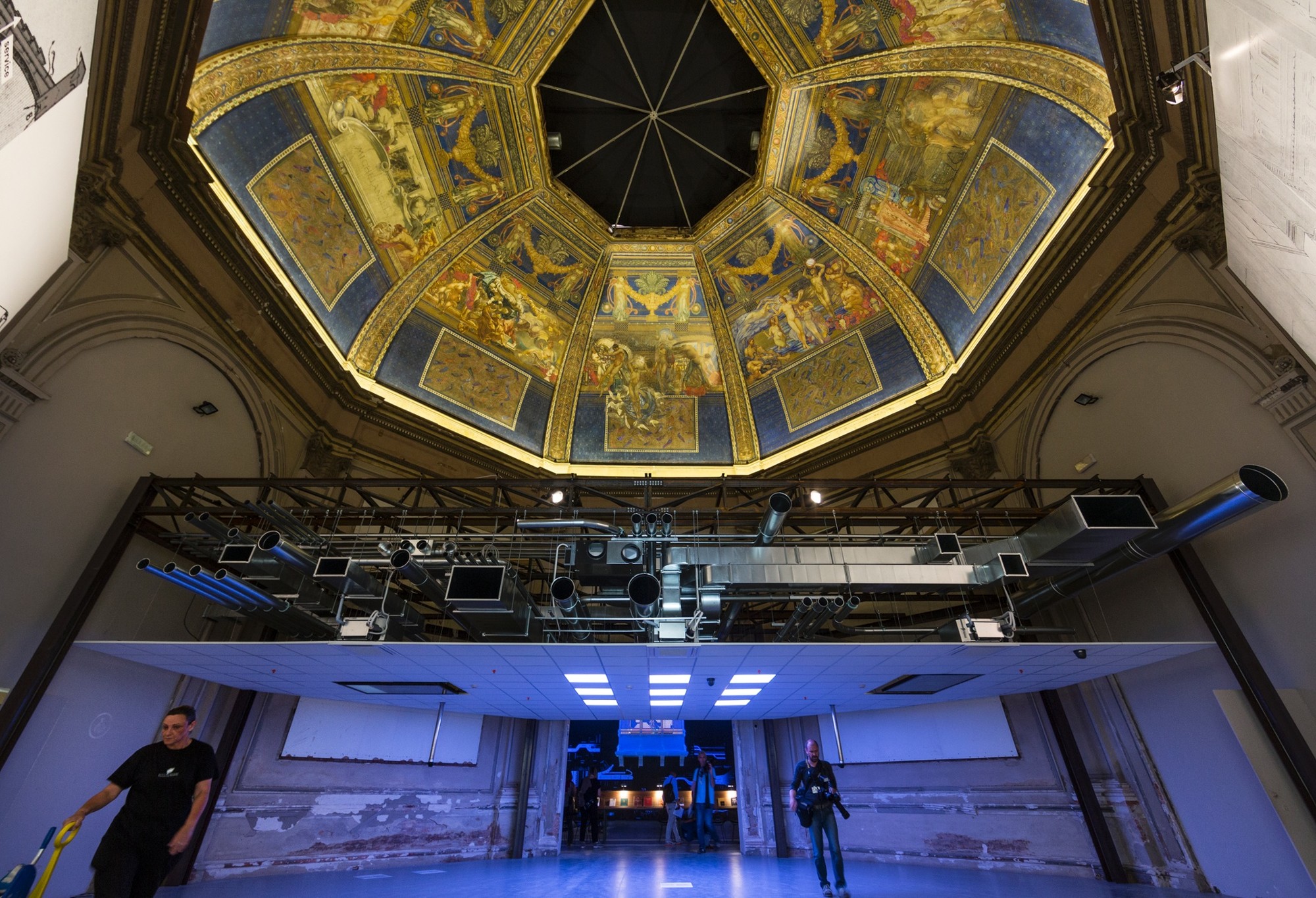
We will be publishing Nikos Salingaros’ book, Unified Architectural Theory, in a series of installments, making it digitally, freely available for students and architects around the world. In Chapter 13, Salingaros begins to conclude his argument by discussing its counterpart, explaining how post-modern theorists such as Peter Eisenman came to eclipse the ideas of Christopher Alexander – and why Eisenman’s theoretical hegemony is not based upon sound architectural thinking. If you missed them, make sure to read the previous installments here.
Natural and Unnatural Form Languages
The concept of living structure, and the support for the theory offered by both direct experience and science, offers a basis for designing and understanding architecture. This platform is a sensible way of approaching design and building, because it is beholden neither to ideology, nor to individual agendas. Moreover, it should be contrasted to the irrationality of other schemes that currently appear in and seem to drive architectural discourse.













.jpg?1379388488)

.jpg?1379388545)
_with_a_caption_from_Eisenman.jpg?1379388568)







